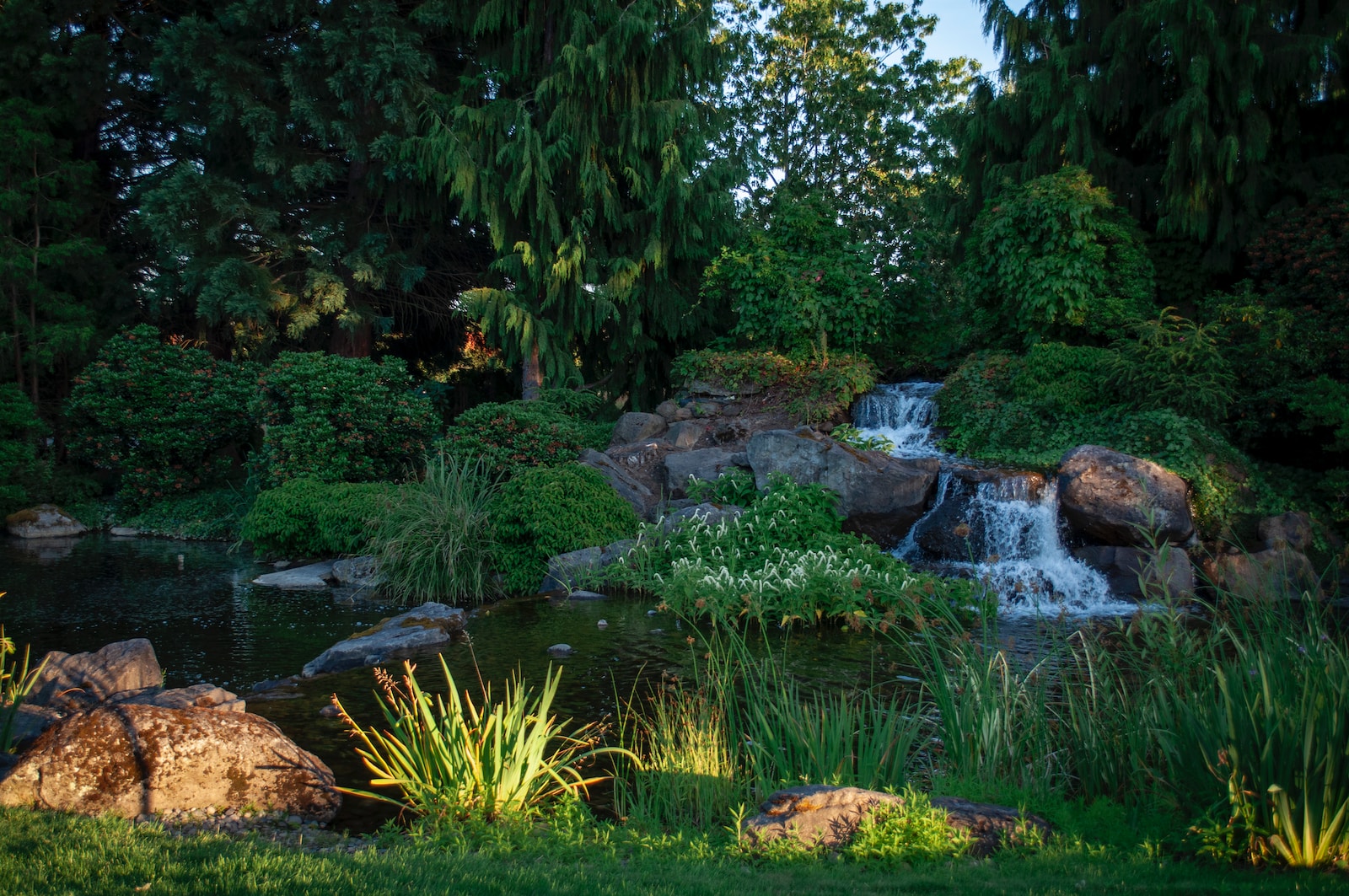- Ecology is the study of the relationships between living organisms and their environment.
- An ecosystem is a community of living and non-living things interacting with each other within a given area.
- A system is a set of interacting components that work together to achieve a common goal or function.

- An ecosystem is a specific type of system that is made up of living and non-living components that interact with each other to sustain life.
- Ecosystems are dynamic and constantly changing as a result of both natural and human factors.
- Here are some key points to keep in mind about ecosystems and their components:
- Ecosystems are made up of both biotic (living) and abiotic (non-living) components.
- Biotic components include all living organisms within an ecosystem, such as plants, animals, and microorganisms.
- Abiotic components include non-living factors, such as air, water, soil, temperature, sunlight, and nutrients.
- These components interact with each other in complex ways to sustain life in the ecosystem.
- An ecosystem is a system, which means it has inputs (such as energy and matter), outputs (such as waste and carbon dioxide), and processes (such as photosynthesis and decomposition).
- Inputs come from outside the ecosystem, while outputs leave the ecosystem.
- Processes occur within the ecosystem and are necessary for the ecosystem to function properly.
- For example, photosynthesis is a process by which plants use sunlight to convert carbon dioxide and water into oxygen and glucose, which is an input for other organisms in the ecosystem.
- Decomposition is a process that breaks down dead organic matter into simpler compounds, which are outputs that can be used as nutrients by other organisms.
- Understanding the components and processes of ecosystems is important for understanding how ecosystems function and how they can be affected by human activities.
Components of Ecosystems:
- Biotic Components:
- Refers to the living components of an ecosystem.
- Includes all living organisms within the ecosystem, such as plants, animals, fungi, bacteria, and other microorganisms.
- These organisms interact with each other through food chains and food webs, as well as through competition for resources like food, water, and shelter.
- The biotic components of an ecosystem play a critical role in maintaining the balance of the ecosystem and sustaining life.
- Abiotic Components:
- Refers to the non-living components of an ecosystem.
- Includes all physical and chemical components of the environment, such as air, water, soil, sunlight, temperature, and nutrients.
- These components provide the physical and chemical environment necessary for life to exist within the ecosystem.
- The abiotic components of an ecosystem also interact with each other and with the biotic components, shaping the ecosystem and affecting the survival and growth of living organisms.
Biotic and Abiotic Interactions:
- The biotic and abiotic components of an ecosystem are interconnected and interdependent.
- Changes in one component can affect the entire ecosystem, leading to disruptions in food webs, changes in species composition, and even the collapse of the ecosystem.
- For example, changes in temperature and rainfall patterns due to climate change can affect the growth and distribution of plants and animals, which can in turn affect the availability of food and shelter for other organisms in the ecosystem.
NB:
- Understanding the components of an ecosystem and their interactions is critical for managing and conserving ecosystems.
- Human activities, such as deforestation, pollution, and climate change, can have significant impacts on ecosystems, highlighting the importance of sustainable practices and conservation efforts to protect and maintain the health and function of ecosystems.




